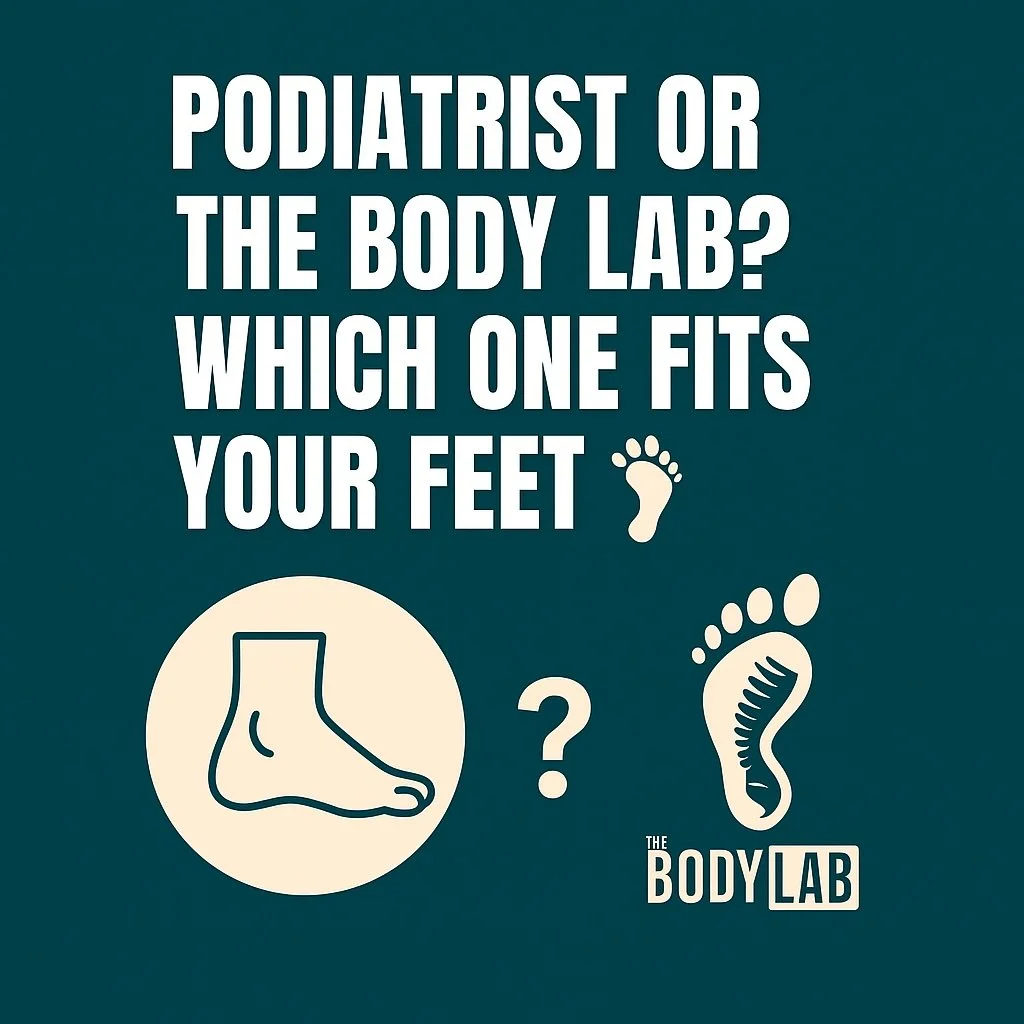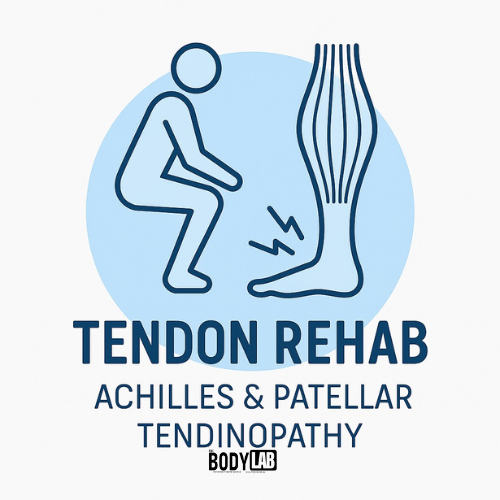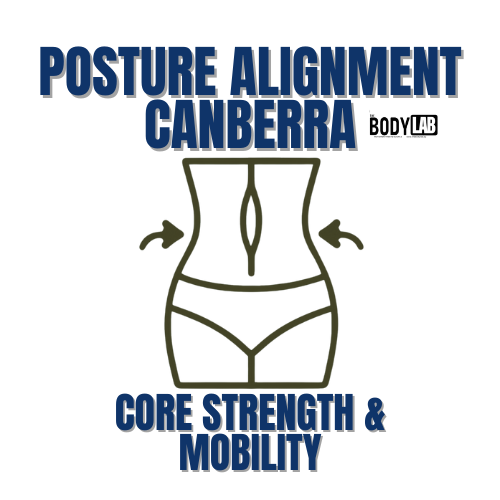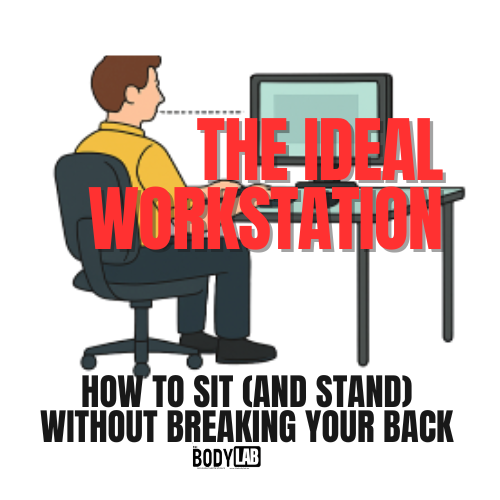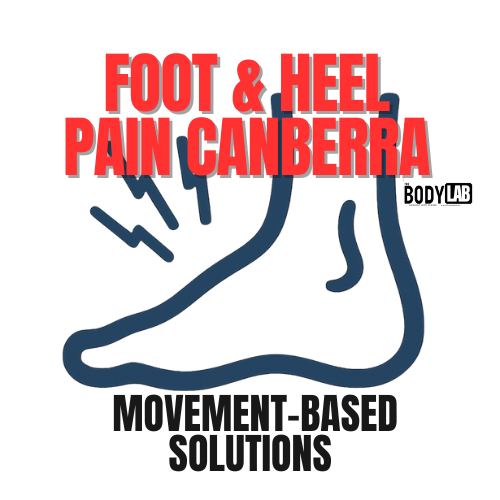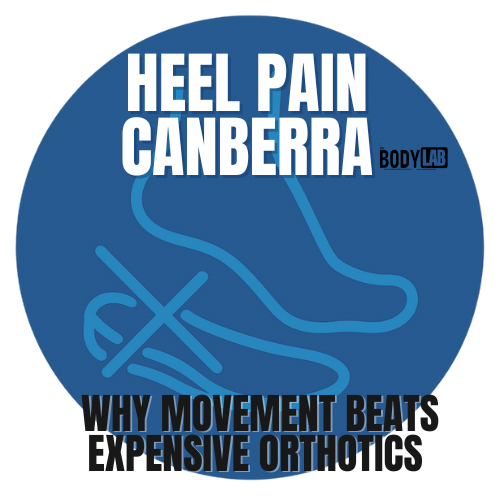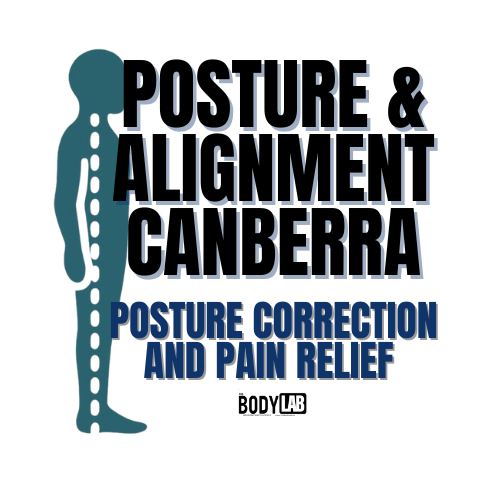Sacro Cranial Treatment Cranial Sacral Work Session Explained
Sacro Cranial Treatment & Cranial Sacral Work: A Step-by-Step Session
Craniosacral therapy—also known as sacro cranial treatment—is a gentle, non-invasive form of bodywork rooted in cranial osteopathy. By using a light touch to evaluate and release restrictions in the skull, spine, and pelvis, practitioners monitor the rhythmic movements of cerebrospinal fluid. This approach aims to rebalance the central nervous system, improve circulation, and reduce tension with minimal side effects. If you’re searching for expert craniosacral work in Canberra, The Body Lab offers tailored sessions to address your unique needs.
Canberra Cranial-Sacral Therapy
What to expect in a typical treatment session.
What Is Craniosacral Therapy?
Sacro cranial treatment (cranial sacral work) focuses on the membranes and cerebrospinal fluid surrounding the brain and spinal cord. Using hands as light as a nickel, your practitioner senses subtle shifts in CSF rhythm—from the base of the skull down to the sacrum. By releasing fascial restrictions and improving fluid flow, craniosacral therapy can:
Promote Nervous System Balance: Gentle release of cranial sutures supports optimal central nervous system function.
Reduce Particulate Buildup: Improved CSF circulation around the brain and spinal cord helps remove metabolic waste.
Alleviate Pain & Tension: Conditions like tension headaches, neck stiffness, and low back discomfort often ease as fascial tension dissipates.
Enhance Stress Relief & Relaxation: The soothing nature of cranial sacral work calms the mind, encouraging deeper sleep and reduced anxiety
Benefits of Cranial Sacral Work
Relief from Headaches & Migraines
Many clients report fewer migraines after a series of sacro cranial treatments. By gently releasing tension in the dura (the membrane surrounding the brain), intracranial pressure can normalize, leading to reduced headache frequency and intensity.
Alleviation of Chronic Pain & Fibromyalgia
Several studies suggest that craniosacral therapy may help ease chronic pain conditions. Improved CSF rhythmic movements can reduce neuroinflammation, helping fibromyalgia sufferers experience better mobility and quality of life.
Improved Post-Surgical & Trauma Recovery
Post-traumatic injury or surgery can create fascial adhesions. Craniosacral work encourages the body’s natural healing mechanisms, supporting improved range of motion and faster recovery with fewer restrictive “pulls” around scars.
Enhanced Mental Clarity & Stress Relie
By releasing tension in the skull, that “brain fog” often lifts. Rhythmic movements of CSF help clear metabolic waste, promoting sharper focus, reduced anxiety, and greater emotional balance.
Better Sleep & Immune Support
As the nervous system relaxes, clients frequently experience more restorative sleep. Adequate CSF flow is essential for waste clearance in the brain, supporting immune function and overall well-being.
A Typical Sacro Cranial Session at The Body Lab
1. Intake & Assessment (10 minutes)
Medical History & Goals: We begin with a one-on-one conversation to gather your health background, persistent symptoms, and treatment goals. This helps tailor a cranial osteopathy plan that suits your needs.
Postural & Cranial Check: With you fully clothed, I visually assess your head, neck, and spinal posture. We identify any asymmetries in the skull or pelvic alignment that might indicate CSF flow restrictions.
2. Relaxation & Preparation (5 minutes)
Calming Environment: Our therapy room uses soft lighting, neutral tones, and soothing music to foster relaxation. You’ll lie comfortably on a cushioned table, fully supported from head to sacrum.
Gentle Breath Awareness: A brief guided breathing exercise encourages you to release superficial tension, priming your body for deeper craniosacral work.
3. Cranial Palpation & Rhythm Evaluation (15 minutes)
Light-Touch Assessment: Using a light touch—no more than the weight of a coin—I place hands on your cranium, cervical spine, thoracic outlet, and sacrum. This gentle palpation lets me feel the natural “craniosacral rhythm,” the pressure wave of your cerebrospinal fluid.
Identifying Restrictions: Subtle imbalances or tensional holds manifest as small variations in CSF pulse. I note areas where the rhythmic movement is slowed or irregular around the skull, spine, and pelvis.
4. Facilitating Release (25 minutes)
Subtle Traction & Mobilization: Through slight traction or very gentle holds at cranial sutures (e.g., temporal, occiput), I encourage tissues to soften and release restrictions.
Pelvic/Sacral Mobilization: Light pressure on the sacrum and ilia helps restore normal motion between the pelvis and dural tube. This supports more efficient CSF flow and reduces tension in the lower back.
Monitoring Rhythmic Movements: As the fascia and membranes ease, the craniosacral rhythm becomes more even and smoother, indicating improved fluid dynamics.
5. Integration & Closing (10 minutes)
Final Rhythm Check: I reassess the craniosacral rhythm at key points—occiput, C1–C2, thoracic outlet, and sacrum—to confirm that tension has dissipated.
Client Feedback & Rest: You remain lying quietly for a few moments, absorbing the changes. Clients often report sensations of warmth, tingling, or deep relaxation as cerebrospinal fluid moves more freely.
Home Self-Care Tips: I provide simple self-care suggestions (e.g., gentle neck stretches, diaphragmatic breathing) to help maintain the release until your next session.
6. Recommended Follow-Up (5 minutes)
Session Frequency: Depending on your condition—whether migraines, chronic back pain, or post-surgical recovery—we recommend anywhere from 3 to 6 sessions, spaced weekly or biweekly, to achieve lasting results.
Ongoing Assessment: At each follow-up, we revisit your goals, track progress (pain levels, sleep quality, stress), and adjust the treatment plan as needed.
Who Is a Good Candidate for Sacro Cranial Work?
Migraines & Tension Headaches: Ideal for those who have tried massage or medications without lasting relief.
Chronic Pain & Fibromyalgia: Suited for individuals seeking an alternative medicine approach that addresses fascial tension and stress.
Trauma or Post-Surgical Recovery: Supports the body’s innate healing by releasing fascial adhesions around scars.
Anxiety, Stress & Sleep Disorders: Helps relax the central nervous system, promoting better sleep and emotional balance.
TMJ & Jaw Dysfunction: Gently releases tension in the temporal and mandibular region, often reducing jaw pain and improving chewing function.
Why Choose Cranial Sacral Work at The Body Lab?
Dual Expertise & Personalised Care
I hold advanced training in both craniosacral therapy and functional biomechanics. This unique combination allows me to tailor each session—integrating cranial osteopathy with targeted movement-based interventions and acupuncture—to address your entire body’s interconnected systems.
Holistic, Evidence-Informed Approach
While research on CST is still evolving, many clients report reductions in headaches, chronic pain, and stress. By combining hands-on cranial sacral work with movement therapy, we tackle root causes rather than just symptoms, promoting long-term resilience.
Comfortable, Relaxing Environment
Our therapy rooms are designed to soothe your senses: gentle lighting, calming music, and ergonomic support ensure you feel safe, comfortable, and fully relaxed throughout your session.
Collaborative Support & Education
Beyond hands-on treatment, I empower you with self-care strategies—breathing exercises to encourage CSF flow, gentle neck stretches to maintain release, and movement drills that support cranial-spine-pelvis balance.
Frequently Asked Questions
Q: Does sacro cranial treatment hurt?
A: No. Cranial sacral work uses a very light touch, often no more than the weight of a nickel. You may feel warmth or tingling, but it is generally a deeply relaxing, pain-free experience with virtually no side effects.
Q: How many sessions will I need?
A: It depends on your condition. Some clients feel significant benefits after one session, while others with chronic issues may require multiple sessions (3–6) to achieve lasting change.
Q: Is craniosacral therapy safe for all ages?
A: Yes. CST is non-invasive and gentle, making it safe for infants, children, pregnant women, and seniors. If you have a pacemaker or acute head injury, please consult your medical team first.
Q: How is craniosacral therapy different from chiropractic or myofascial release?
A: Unlike forceful adjustments in chiropractic or deep-tissue pressure in myofascial release, cranial osteopathy and sacro cranial treatment rely on detecting and releasing subtle fascial tensions. The focus is on the membranes and cerebrospinal fluid rhythm, not bone alignment.
Additional Resources & Related Services
Acupuncture & Craniosacral Integration: Learn how combining acupuncture points with light-touch craniosacral techniques can amplify pain relief and stress reduction.
Foot Mechanics & Gait Optimization: Discover how optimal foot function supports central nervous system health by improving proprioceptive input and overall biomechanics.
Movement Therapy Workshops: Sign up for our next workshop on “Foot Mechanics & Cranial–Spinal Integration” to explore the link between foot posture and craniosacral rhythms.
Book Your Craniosacral Therapy Session in Canberra Today
If you’re looking for effective craniosacral therapy in Canberra, schedule a session at The Body Lab. Whether you’re dealing with migraines, chronic pain, or simply need a moment of relaxation, our sessions are designed to support your body’s healing journey.













